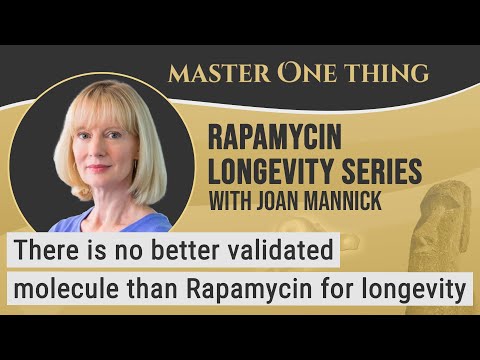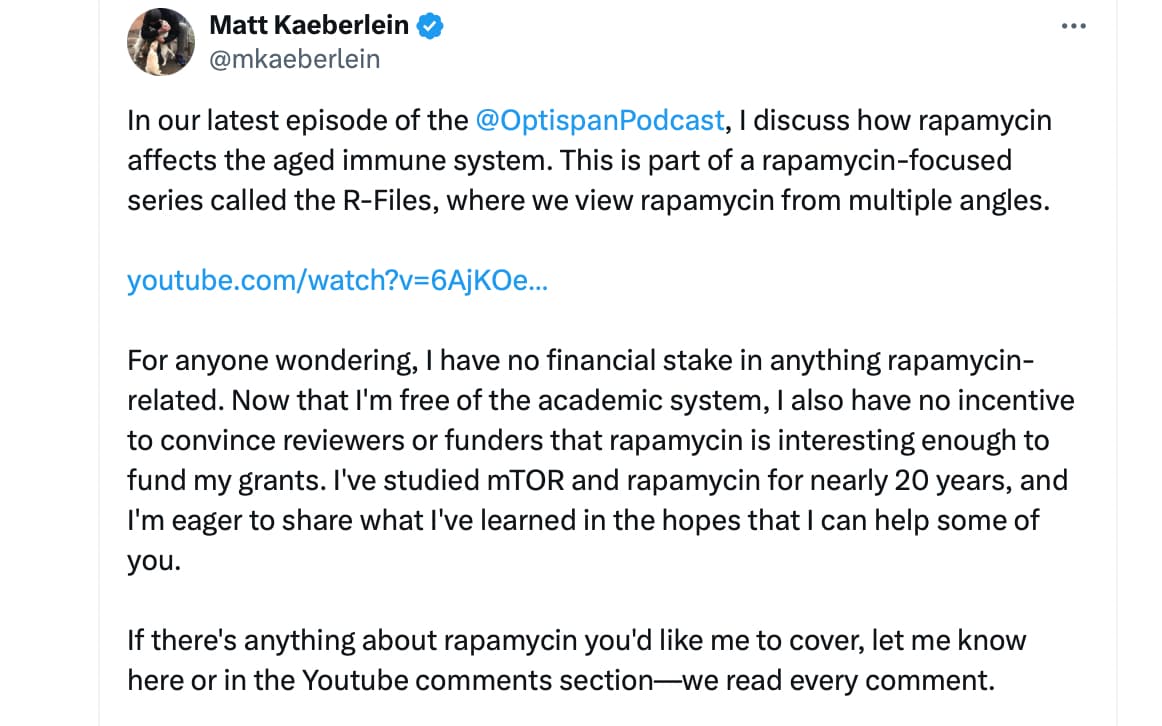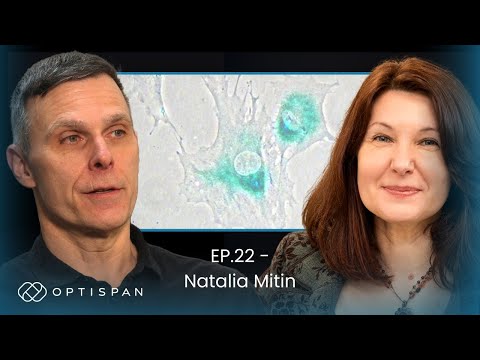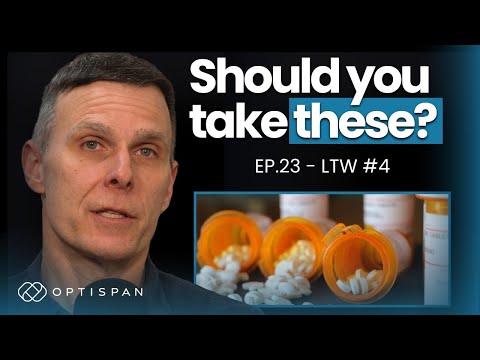Searching more for “rapamycin and sarcopenia” mainly yields that the the over-activation of mTOR in aging is a major cause of sarcopenia and that use of rapamycin to rebalance mTOR to normal functioning and prevent sarcopenia is a major benefit. However, the questions of dosing, frequency and interval are not resolved.
" While chronic mTORC1 activation is clearly undesirable, acute, temporal increases in mTORC1 activity are important for many processes, including adaptive muscle growth, as well as peripheral nerve regeneration and myelination. As such, rapamycin may inhibit repair processes or remyelination in aging nerves, and thereby exacerbate some deleterious signaling in sarcopenic muscles."
https://www.nature.com/articles/s41467-020-18140-1
"The research team also examined how rapamycin affected the appearance and health of the muscle tissue. The researchers used different doses of rapamycin, referred to as LD (low dose) and HD (high dose), to see which was more effective. The low-dose treatment turned out to be the key. It led to increased muscle mass in aged rats and more healthy muscle morphology, with other positive molecular changes supporting this growth.
In the low-dose RAD001-treated rats, they observed:
An increase in average muscle fiber size, indicating muscle growth.
A reduction in very small, misshapen muscle fibers, a sign often linked to muscle atrophy.
A significant decrease in muscle fibers with central nuclei, indicating less muscle degeneration and regeneration.
The high-dose rapamycin treatment did not provide these benefits, emphasizing the importance of finding the correct dose."
https://gethealthspan.com/science/article/rapamycin-muscle-growth-glass-lab-sarcopenia
" The fact that rapamycin-treated mice are able to compensate for the reduction in mTORC1 activity suggests a number of possibilities. First, it may be that only a small fraction of normal mTORC1 activity is required to maintain mitochondrial function, and that higher or continuously delivered doses of rapamycin, or more potent mTOR inhibitors, will indeed cause overt mitochondrial dysfunction. In support of this, Cunningham et al detected a reduction in the respiratory capacity of soleus muscle (but not gastrocnemius muscle) using only a slightly higher dose than the present study (2.5 mg/kg in 6-week old Balb/c mice,. In these experiments, we have focused on skeletal muscle because the impairment of mitochondrial biogenesis by rapamycin has been previously demonstrated in myotubes, which is consistent with our own findings, and because mTORC1 inactivation has been shown to cause mitochondrial dysfunction in muscle in vivo. Although we also observed no significant effects of rapamycin on the expression of mitochondrial components in the liver, we cannot exclude the possibility that rapamycin may impair mitochondrial function in other tissues or cell types."
https://www.aging-us.com/article/100576/text
This recent post by @RapAdmin in another thread is very applicable:
https://www.rapamycin.news/t/ultrarunning-rapamycin-and-recovery/12955/9?u=ng0rge
From @RapAdmin
“Here is the fundamental trade-off / balance that we are trying to identify the optimal level for: the short-term decrease in mTORC1 / muscle protein synthesis will (in the period immediately following dosing) result in lower levels of muscle growth and regeneration. But, in the long term the periodic inhibition of mTORC1 will increase the lifespan/healthspan of our muscles.And I should mention also, that for most of us who are not elite athletes competing in the Masters series, or exercising 20 or 30 hours a week, this doesn’t really apply. We are not going to notice the minor hit of a once a week or once every two week dose of rapamycin on our muscle growth and regeneration.”
I think that this speaks directly to the tradeoff between daily and weekly/biweekly dosing. Elevated mTORC1 does some good things and we need to be careful about how much and for how long we inhibit it. There can be “too much of a good thing”. I personally would be wary of daily dosing. Matt Kaerberlein, who knows as much as anybody about rapamycin, is being even more conservative by taking “vacations” from his weekly dose. I’m taking note.





